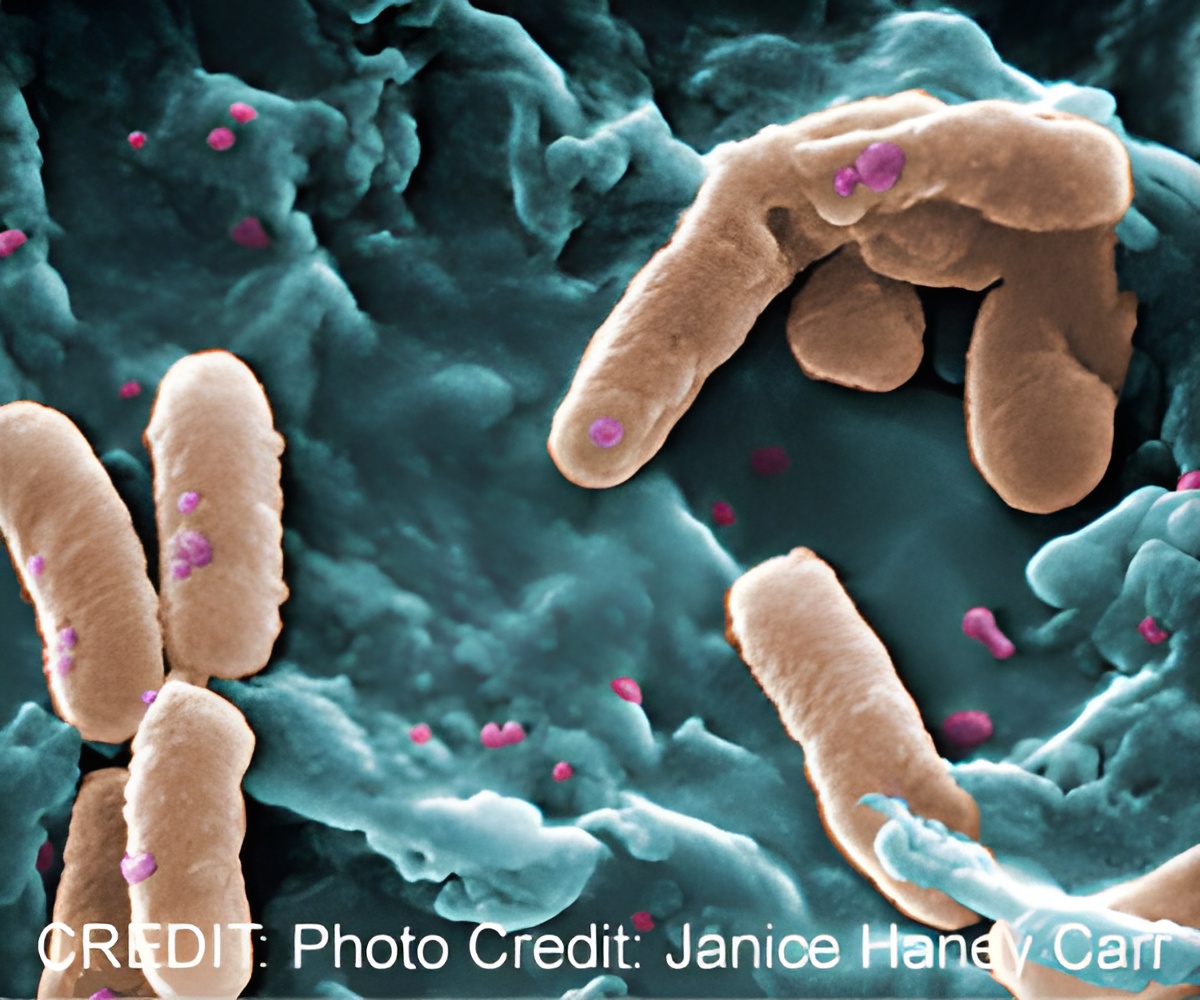According to the Global Health Council (GHC) following a risk-based approach to home and community hygiene can reduce the spread of antibiotic resistance.

‘A risk-based approach to maintain home and community hygiene can play a significant role in preventing infections, reducing prescribed antibiotics and preventing person to person spread of the infection.’
Read More..




The rates of bacterial resistance to commonly used antibiotics are estimated to exceed 40-60% by 2030 in some countries. Antimicrobial resistance (AMR) could claim 10 million lives by 2050 if no action is taken. Read More..
GHC public health experts show that better hygiene in homes and everyday life plays a key role in tackling antibiotic resistance. Good hygiene can contribute to the fight against antimicrobial resistance in two ways:
- Preventing infection and reducing the need for prescribing antibiotics
- Preventing person to person spread of infections that are antibiotic-resistant
A previous study has shown that improved hand hygiene in children in a day center can reduce the need for antibiotic use for common respiratory functions by 30%.
It is essential to maintain hygiene in high-risk places where harmful microbes are most likely to spread at home instead of deep cleaning the home. This could help contain the spread of coronavirus as well as tackle antimicrobial resistance.
Advertisement
- National antimicrobial resistance committees which are responsible for implementing national antimicrobial resistance plans, should recognize that improved surface and hand hygiene in the home and community are key to minimize the spread of infections and reduce the consumption of antibiotics.
Recommendations for improved hygiene in the wider community should be included in global antimicrobial resistance action plans by 2022 and in all national plans by 2025. - Infection prevention and control (IPC) advice, guidance and education for health care providers on hand and surface hygiene and its relation to antimicrobial resistance should not be limited to healthcare settings, but also include recommendations to influence the wider community with immediate effect.
- Relevant medical associations should ensure messages about home and community hygiene is cascaded to members through amending existing antimicrobial resistance training and education.
Source-Medindia











